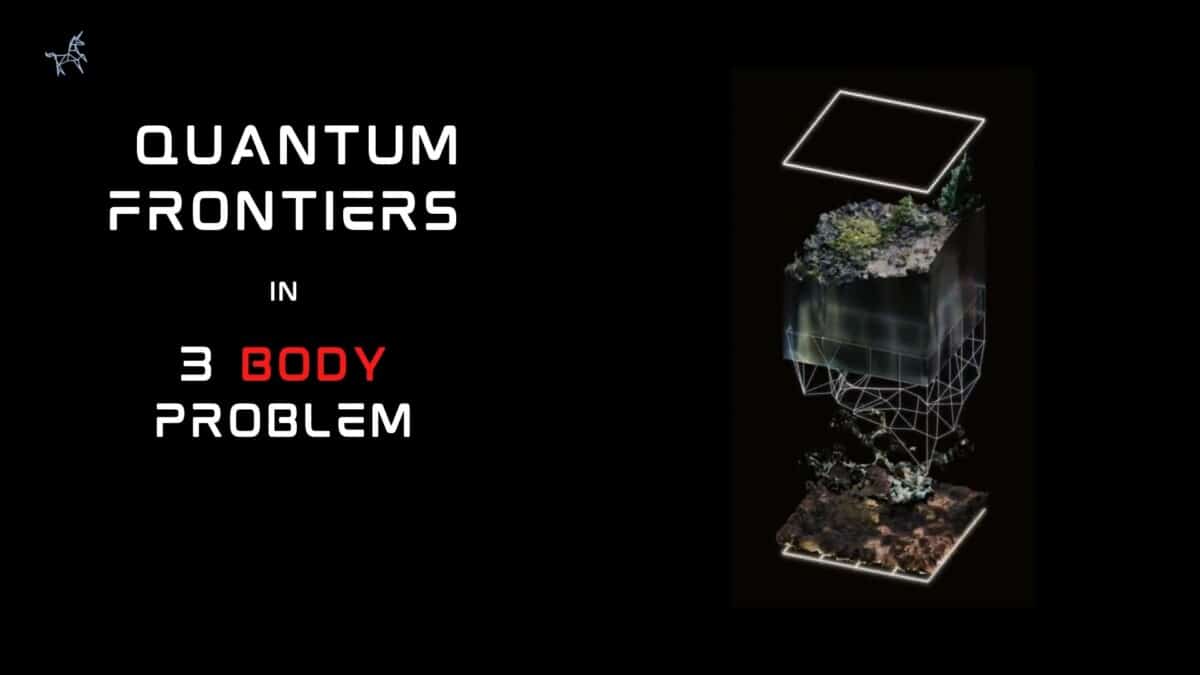While renowned as a masterwork of speculative science fiction contemplating humanity’s first contact with alien civilizations, Liu Cixin’s The Three-Body Problem also provides a fertile proving ground for imagining the immense potential of advanced materials and nanotechnology in the future. Through the novel’s innovative manifestations of unconventional matter, Cixin sparks insights into how revolutionary materials could profoundly reshape the technological and societal landscape.
At the heart of the story, the “sophons” deployed by the Trisolarans to study Earth exhibit extraordinary properties transcending conventional matter. These hyper-intelligent probes command the abilities to morph between different substrates, replicate information with perfect fidelity, construct simulated realities, and even exercise some capacity for independent reasoning. The sophons embody an incredible convergence of programmable matter, molecular computing, and artificial general intelligence into a single transformative entity.
On a more terrestrial scale, it’s implied that humanity in the novel progresses significantly in domains like graphene manufacturing and multi-functional metamaterials. Novel electromagnetic cloaking applications and ultra-strong structural composites underpin megastructures like the Planetary Rings girdling the Earth. These depictions suggest advanced mastery over programmable properties and hierarchical material design for next-generation construction and aerospace technologies.
Beyond large-scale engineering, the book also teases more speculative concepts enabled by materials mastery at the nanoscale. Cixin references theoretical designs for “molecular machines” that could reprogram viruses to serve technological functions – a precursor idea to the more generalized notion of molecular nanotechnology that some envision may one day enable molecular fabrication and precision healing applications unbound by today’s constraints.
Whether manifesting as incredibly versatile alien probes or delving into the cyber-biological realm of engineered biochemicals, the materials featured in The Three-Body Problem spark boundless speculation about the disruptive potential of advanced matter. The novel serves as a rallying call for accelerated research into such fields as programmable matter, smart materials, metamaterials, and nanomaterials that could one day deliver similarly awe-inspiring capabilities.
While the narrative grapples with weighty existential themes surrounding humanity’s place in the cosmos, one key thread persists in conveying the unparalleled power humanity could wield if we achieve thorough understanding and mastery over the manipulation of matter itself. Cixin’s material futurism compels us to both dream bigger about transcending our material limitations and bear full moral accountability for how we wield such transformative technological might.
By using science fiction as a starting point for future forecasting, you can encourage critical thinking, imagination, and thoughtful debate on important issues surrounding advanced materials, nanotechnology, and smart matter. To learn more DM me or follow the link https://futurecenter.ventures/sci-fi-for-future-forecasting

